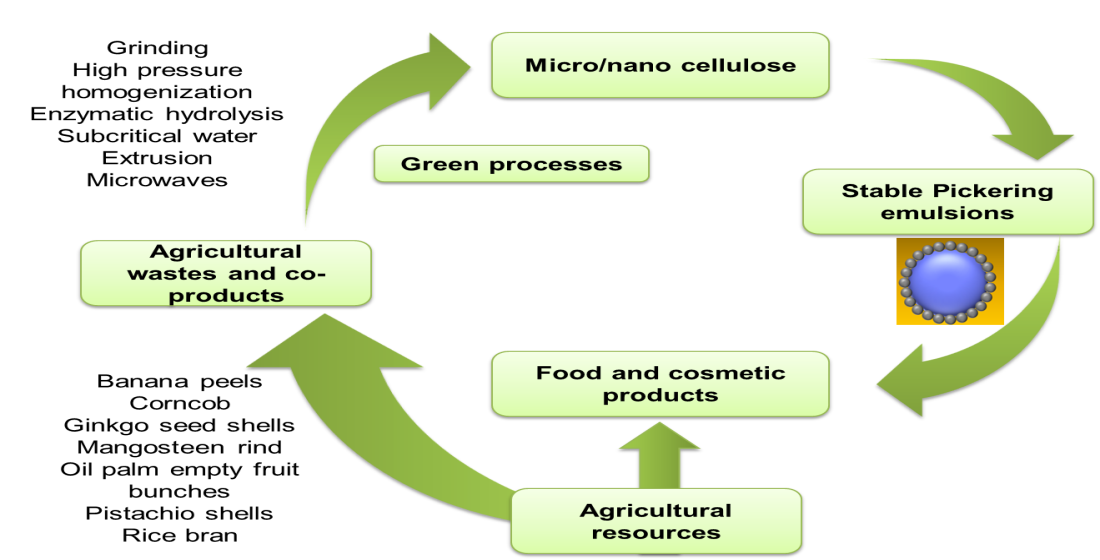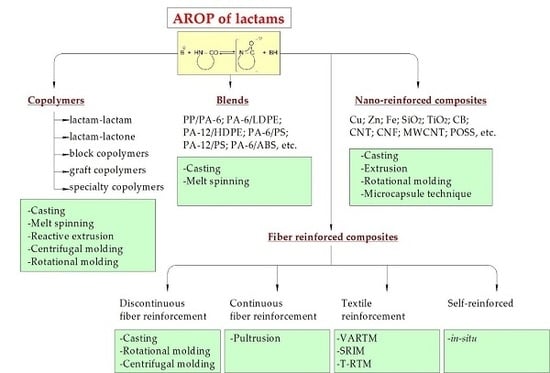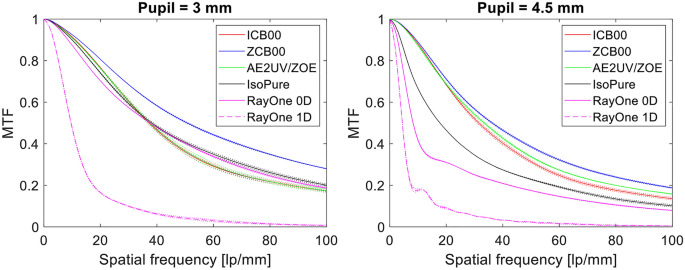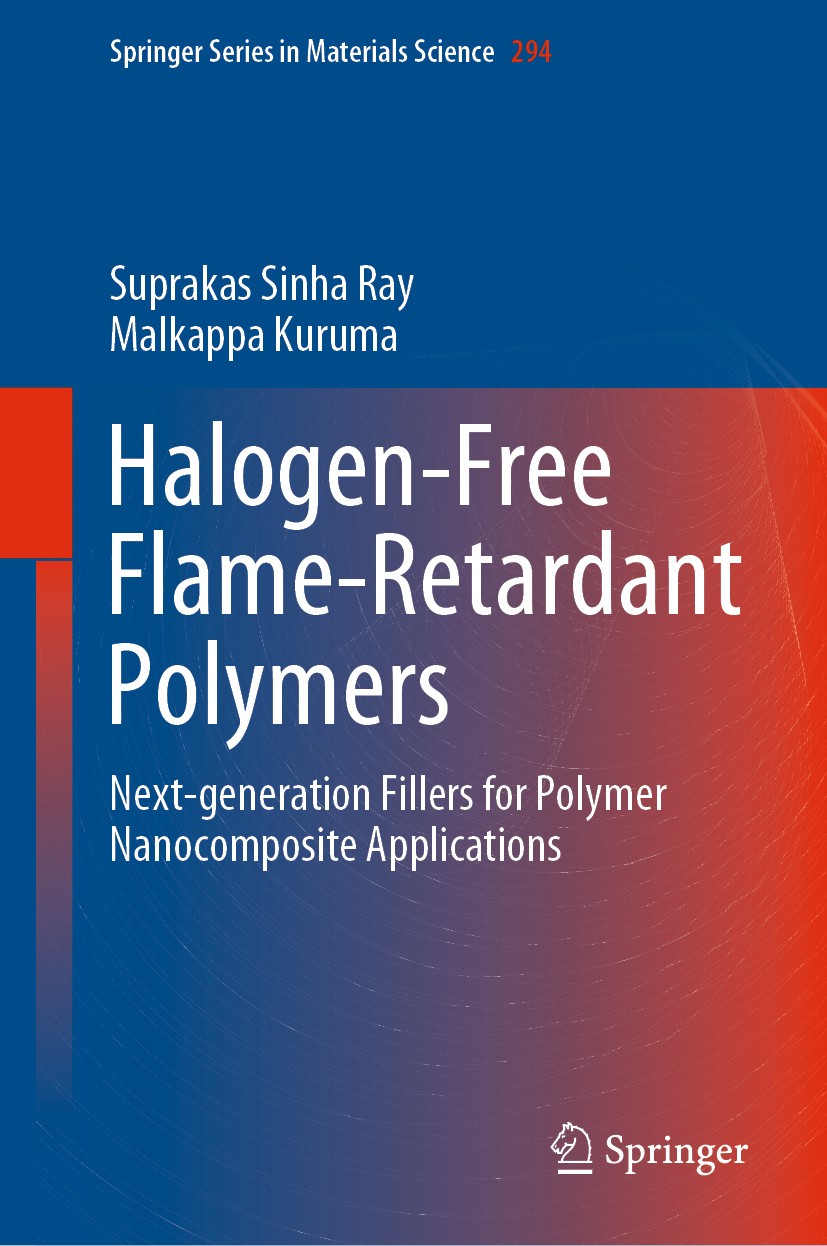Polymers, Free Full-Text

In the present review, natural and non-toxic particles made of micro/nanocellulose were specifically targeted as stabilizers of emulsions located at dispersed and continuous phases interfaces (called Pickering Emulsions, PEs). PEs are biphasic systems stabilized by solid particles with a recent interest in food and cosmetic domains. PEs have been more and more studied in the last ten years due to their advantages compared to conventional emulsions with surfactants. PEs have already been stabilized with various types of particles and particularly cellulose. Even if some studies showed that PEs were more stable when cellulose was chemically modified, numerous other recent studies showed that unmodified micro/nanocellulose is also promising biomaterial to stabilize PEs. Micro/nanocelluloses can be extracted by various green processes from numerous agricultural wastes and co-products, as banana peels, corncob, ginkgo seed shells, lime residues, mangosteen rind, oil palm empty fruit bunches, pistachio shells, as well as wheat straw. Main green processes used to treat cellulose are grinding, high pressure homogenization, microfluidization, enzymatic hydrolysis, subcritical water, extrusion, electron beam irradiation, cryocrushing, microwaves or sonication. PEs formulated with cellulose clearly participate to a global sustainable development but, additional studies will be necessary to better understand PEs stability and improve properties.

Polymer Industries Ltd Updates, Photos, Videos

Polymers - Classification, Types, Uses, Properties and Polymerization
%20of%20a%20Polymer%2C%20and%20Why%20Does%20It%20Matter%20to%20Me%3F.jpg?width=725&height=422&name=What%20Is%20the%20Glass%20Transition%20Temperature%20(Tg)%20of%20a%20Polymer%2C%20and%20Why%20Does%20It%20Matter%20to%20Me%3F.jpg)
What Is the Glass Transition Temperature of a Polymer & Why Matters?

Polymers, Free Full-Text

Polymers, Free Full-Text, benny watts x reader

Free Volume - an overview

Free Radical Polymerization - Introduction, Mechanism

Halogen-Free Flame-Retardant Polymers: Next-generation Fillers for

Polymers, Free Full-Text, pla cf